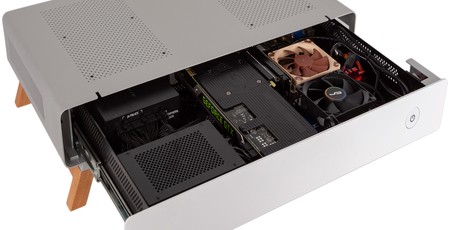
Performance Analysis
We made a new test system for this, pairing the CPU/motherboard from our ultra low-profile case test setup with the GTX 980 from our regular small form factor testing, since we really wanted to push the case to its limits.
Unsurprisingly, both components are significantly warmer inside the chassis than in an open-air environment, which are the only comparable figures we were able to get. The CPU went up by a hefty 16°C, while the GPU went up by only 8°C but was also boosting to about 100MHz lower on average.
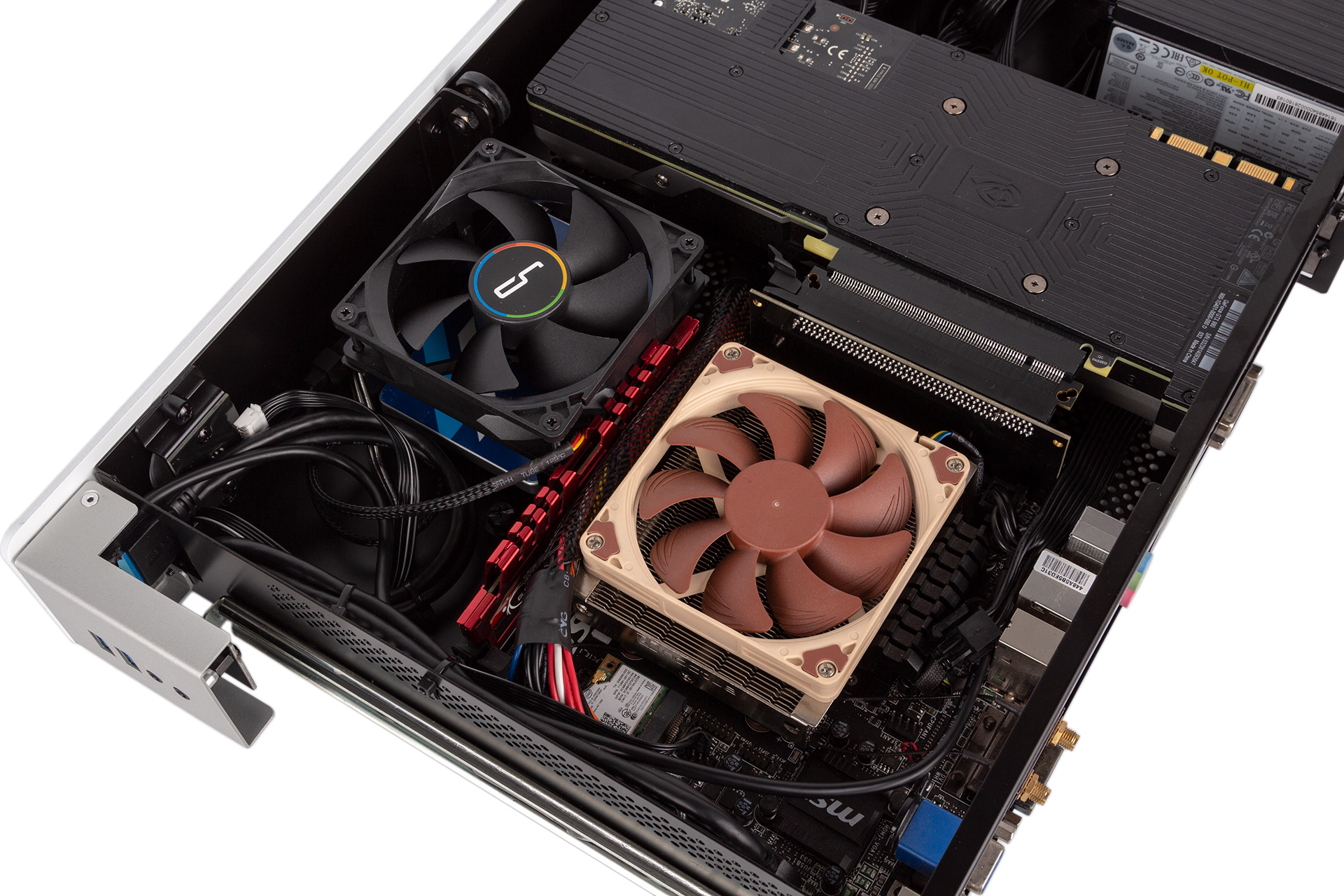
In Cryorig’s defence, the 37mm-tall cooler we’re using for the CPU did have space above it, so you could definitely make a bit more use of space here. Indeed the limit is 48mm, and remember that Cryorig has a cooler, the C7, which should be a perfect fit at 47mm. Even so, you probably want to take it easy on the overclocking front. Our GPU also only has a single fan, but the case is ventilated from front to back, so it makes sense to find a more open dual-fan design, especially with high-end cards, although these do circulate heat within the chassis.
The single 92mm fan is a little loud at full speed, but otherwise the Taku is not too noisy, keeping quite a lot of system noise contained within.
Conclusion
The Cryorig Taku has neither the design nor the price tag to make it appeal to the mass market, and that’s fine – if every case did that, it would be a very boring market indeed. Instead, the Taku is designed for so-called lifestyle users, those who still want a powerful custom PC but in a sleek, minimal, and more grown up design than you typically find in most ‘gamer’-branded products. There’s an undeniable air of Apple about the Taku, which probably isn’t unintentional.
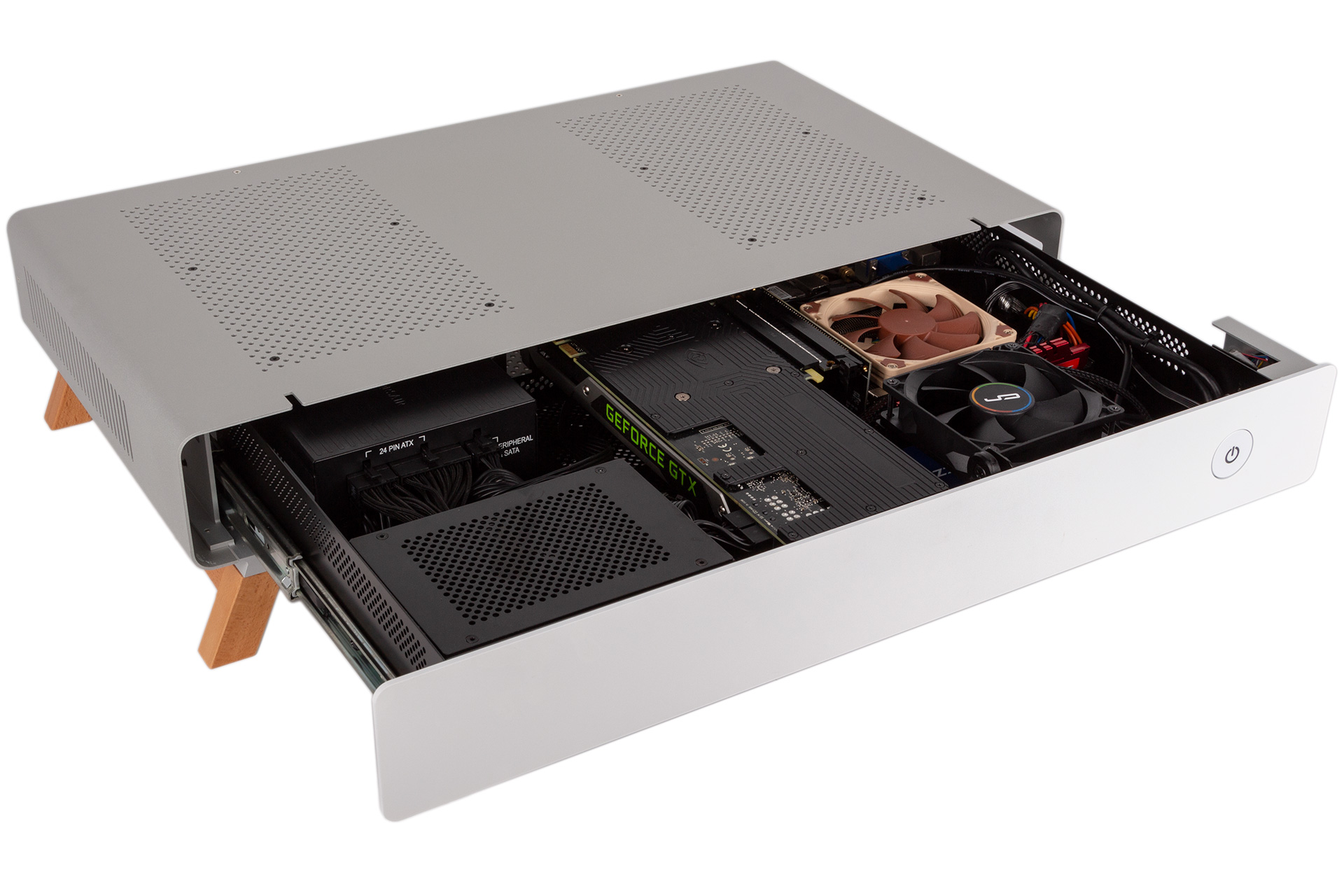
The price tag also seems to draw influence from Apple as well. That’s not necessarily a bad thing; there’s certainly room for the Taku in the small form factor market. However, a near-£300 chassis has to be near-perfect, and the Taku in our opinion needs a revision to get there. For example, there’s no USB 3.1 Type-C connector, which should really be incorporated into all premium chassis nowadays. Other issues such as the lack of a locking mechanism for the drawer, the quality of the front LED light, the difficulty attaching a power cable to the lower SSD, and the lack of lower dust filters for the GPU mean the Taku is not quite award-worthy. Update 28/05/2018: Cryorig has been in touch to state that it is working on a USB 3.1 upgrade kit for the Taku, although exact details and a release date are still to be confirmed.
However, we can't help but like it nonetheless. The build quality is a rare treat, as is the tasteful combination of aluminium wood. It's also surprisingly easy to work with, and that's to be commended given the diminutive dimensions. There's also the simple fact that Cryorig has been bold enough to do something a little different and unique, which is especially pleasing for a first step into a new market. For those reasons and more, we can easily see the Taku doing nicely among wealthier customers looking for something fresh, and the Kickstarter campaign showed that there is genuine interest and people willing to pay a premium for quality, even if it wasn’t quite as popular as Cryorig had hoped. We certainly hope to see another Cryorig case on these pages in the future.

MSI MPG Velox 100R Chassis Review
October 14 2021 | 15:04

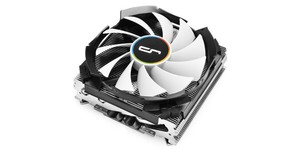
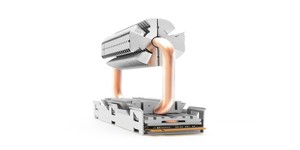
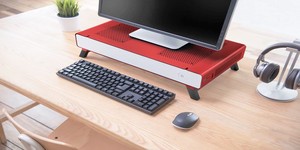




Want to comment? Please log in.